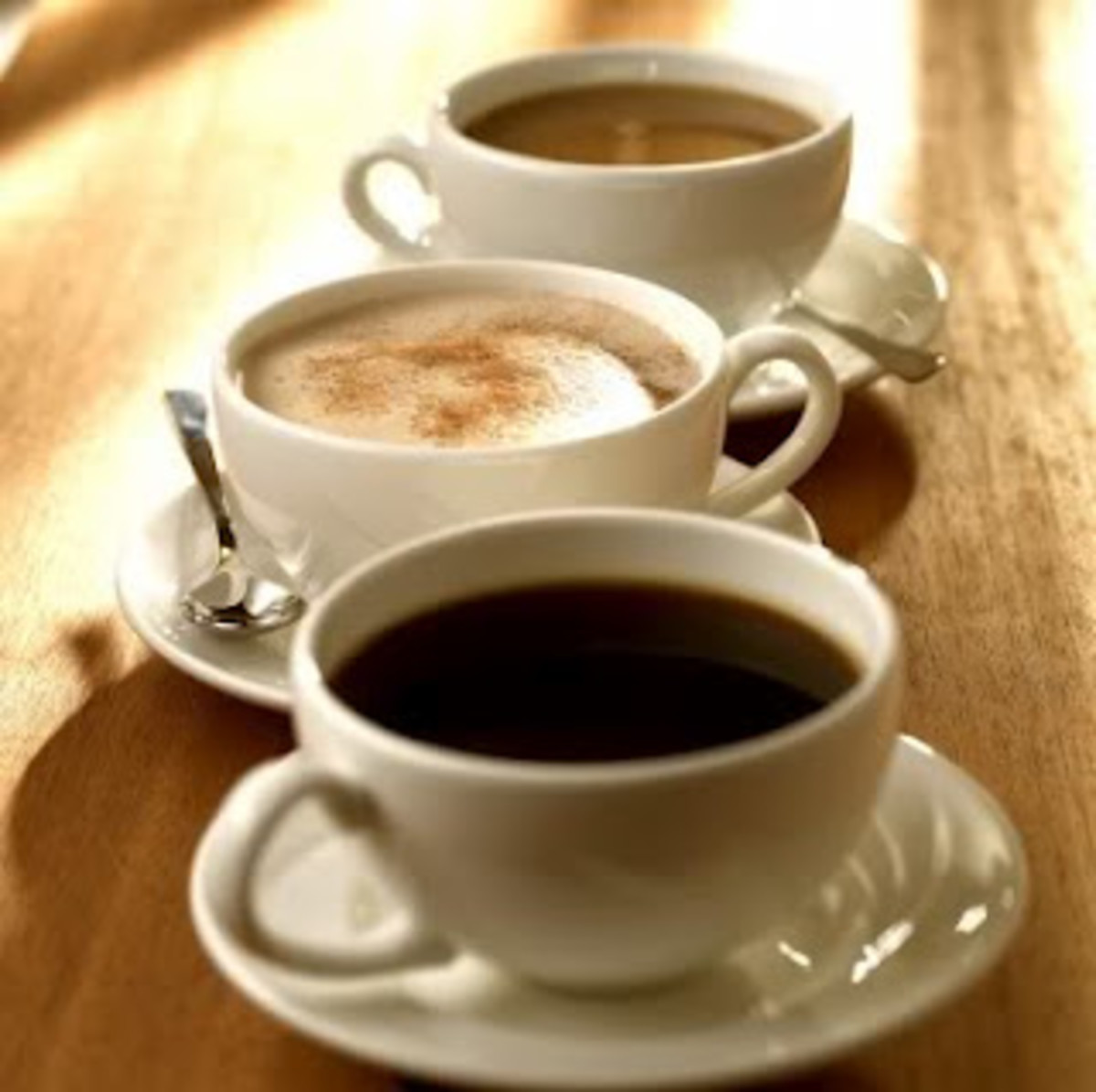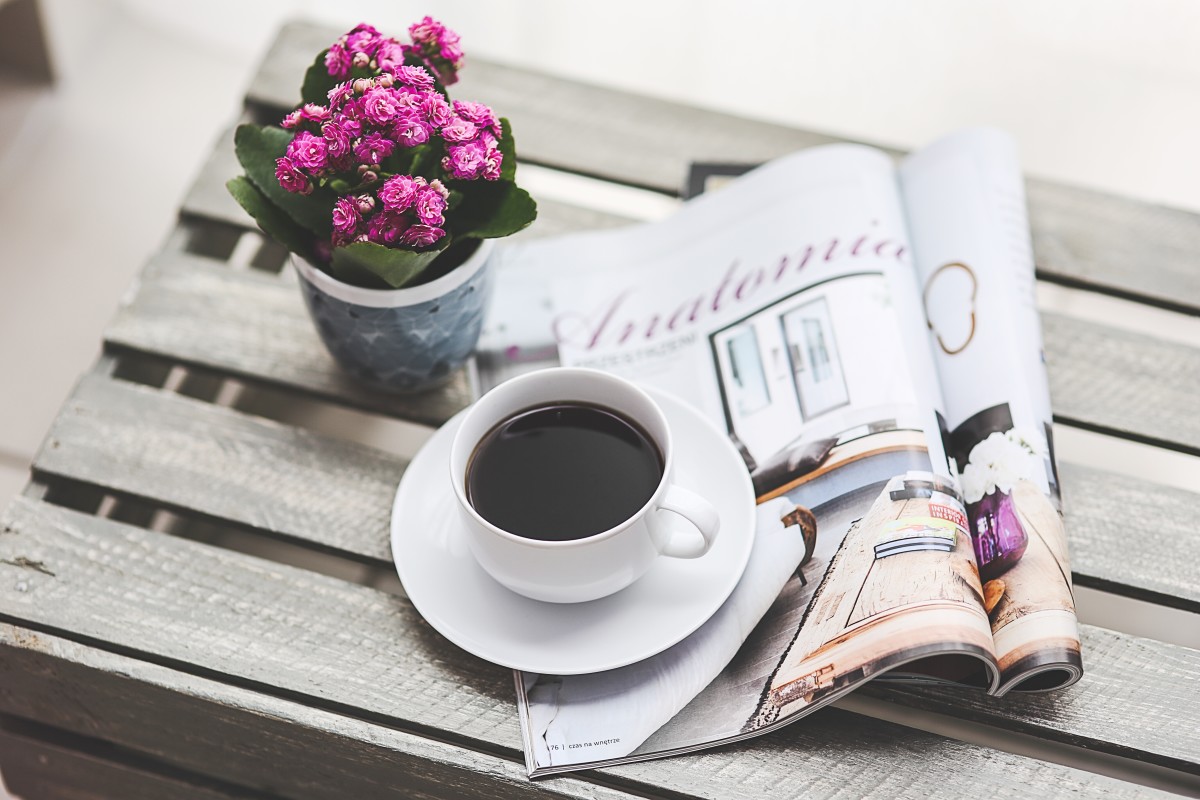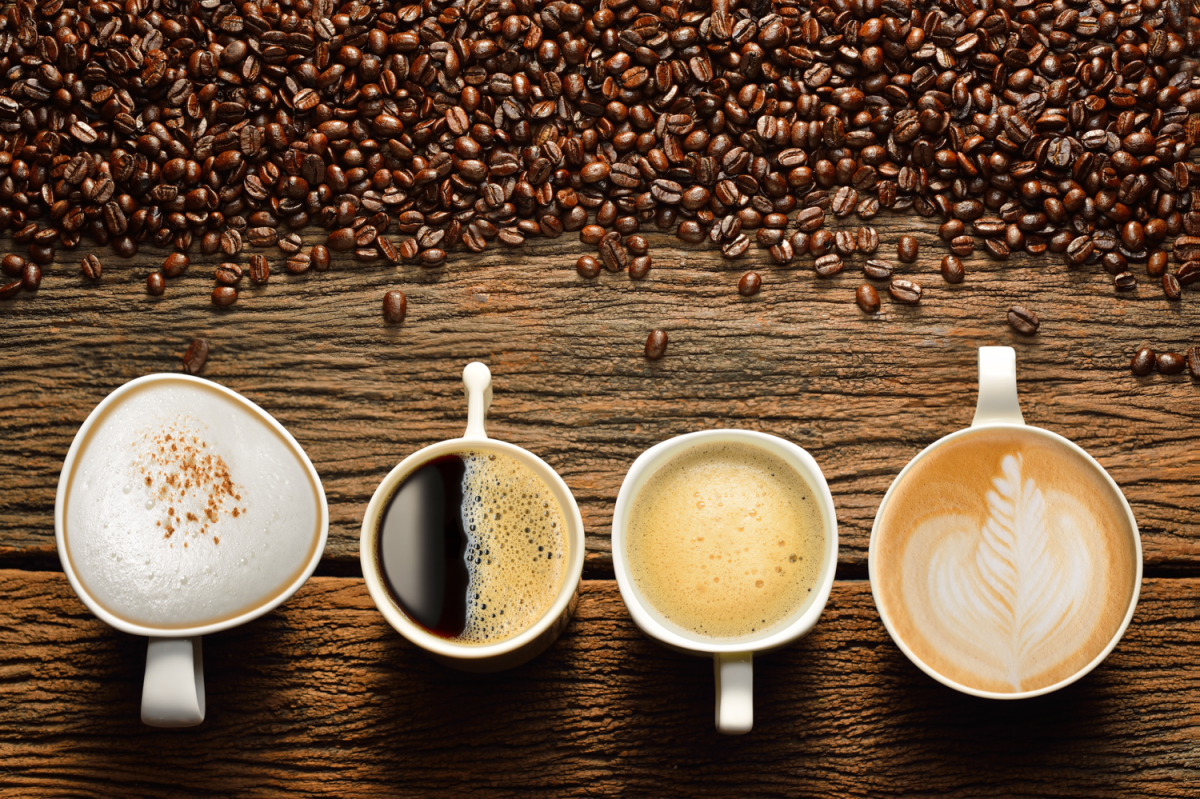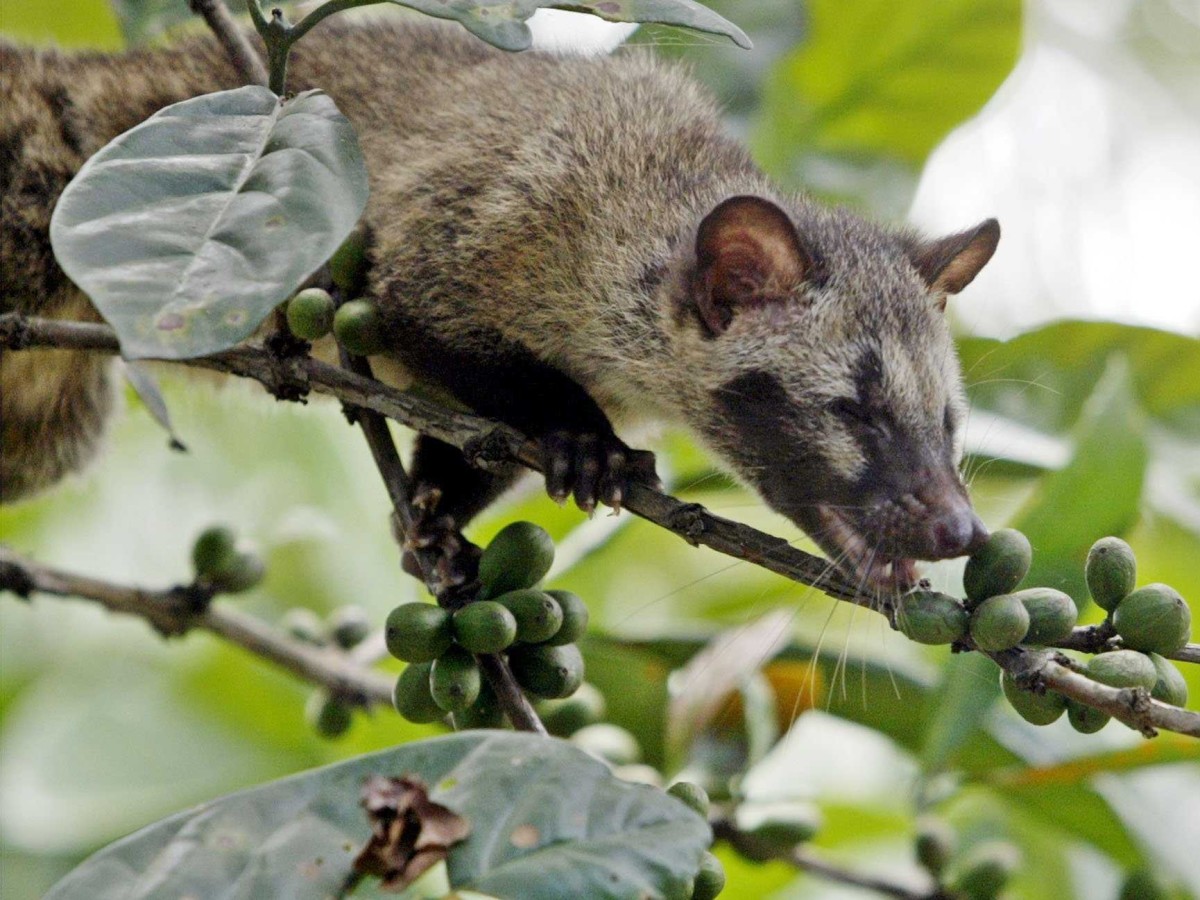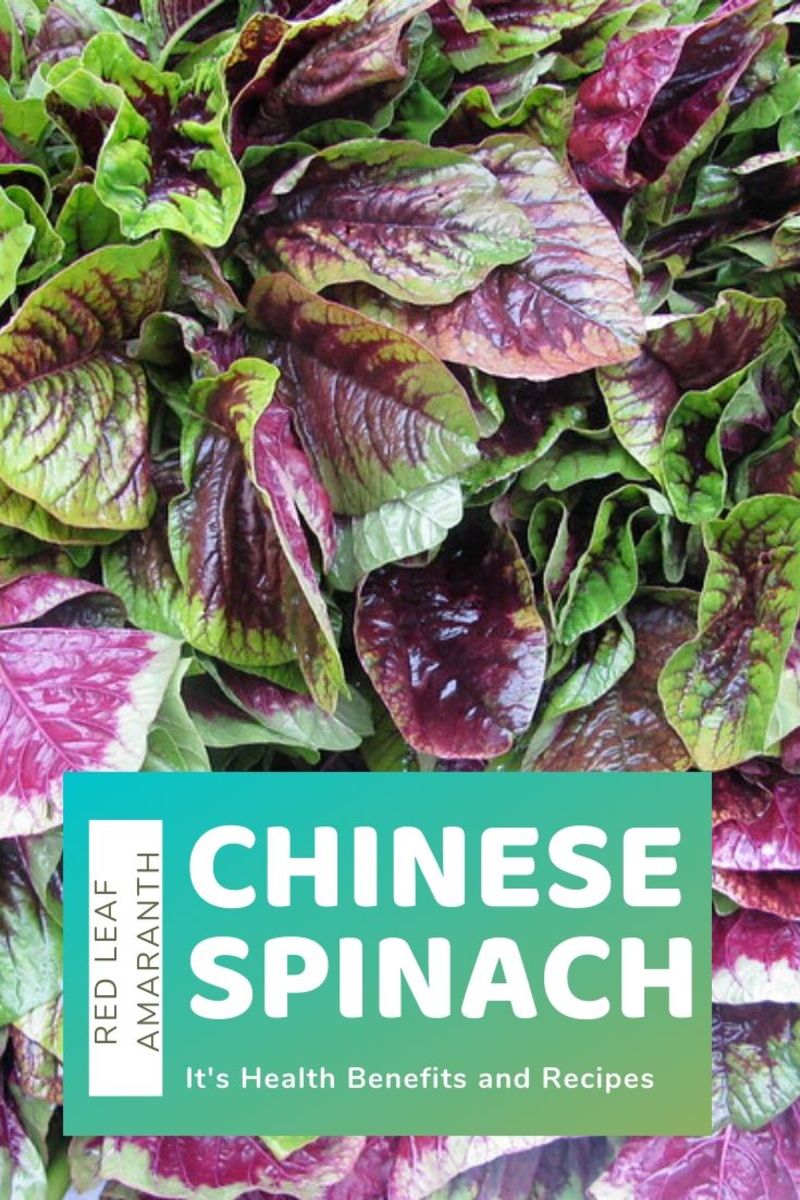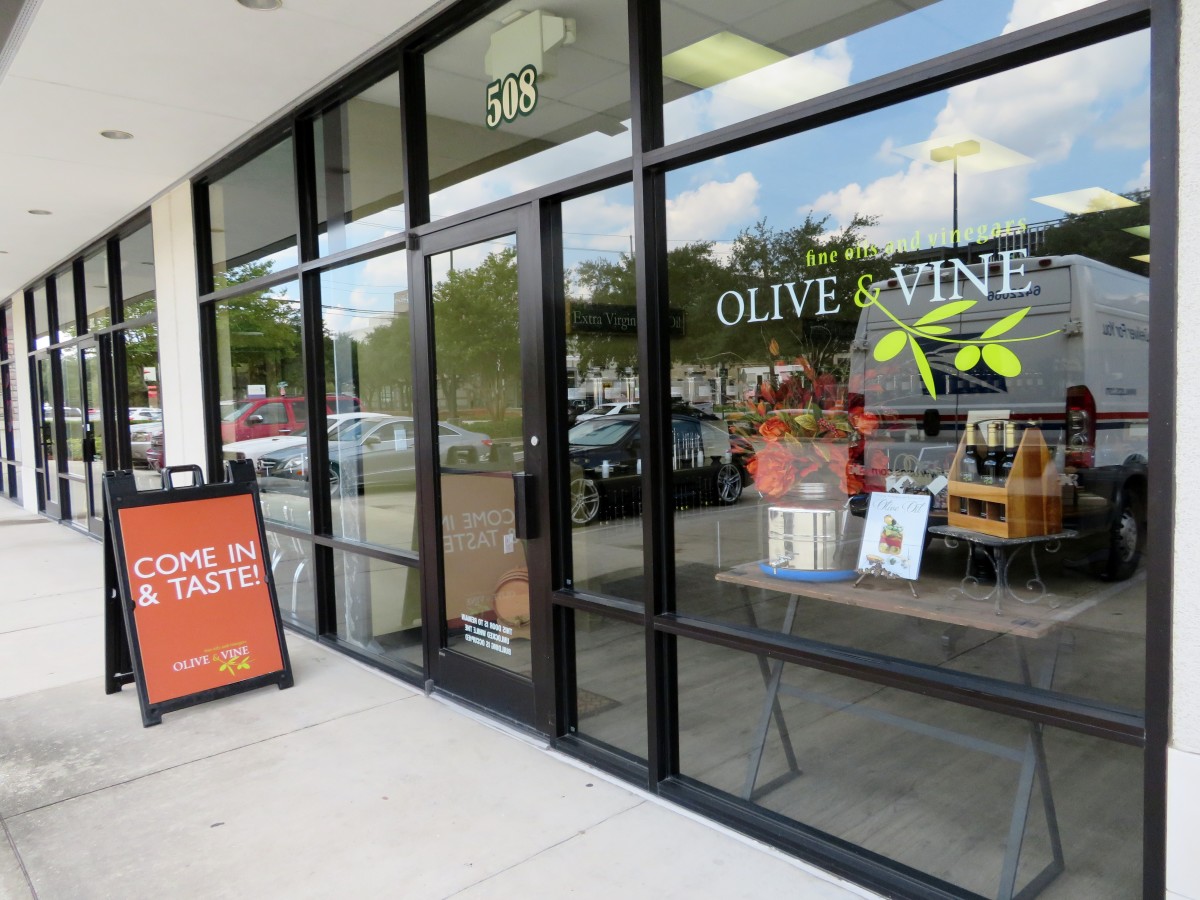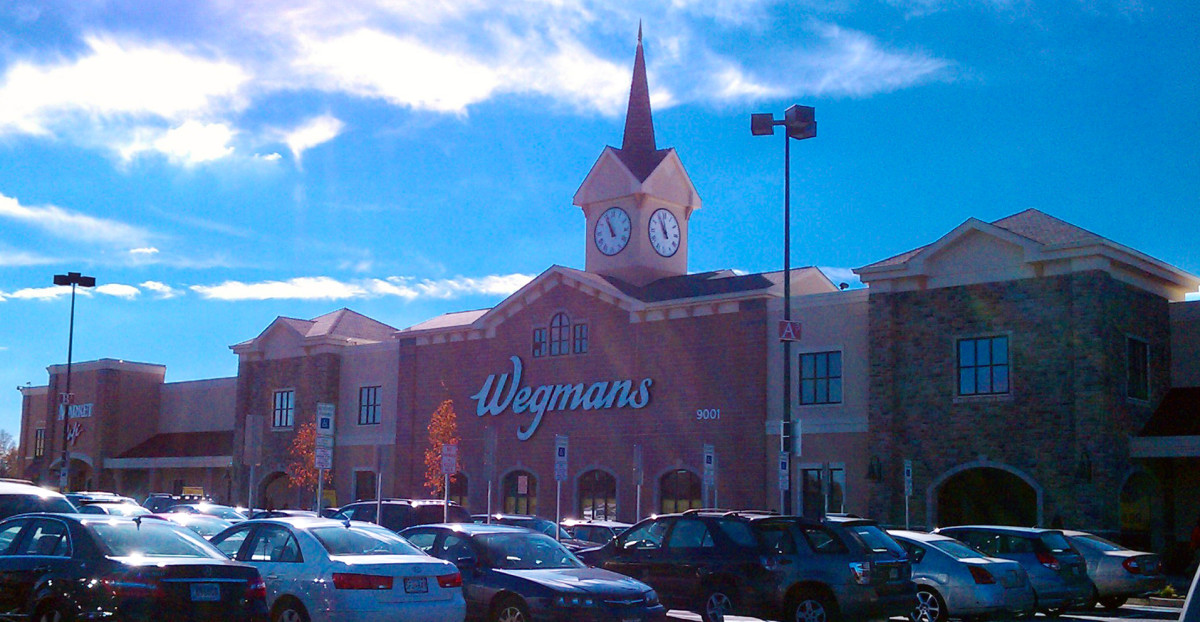The Coffee Seduction
Coffee Facts:
• Coffee drinkers are more likely to feel coffee is healthy, with 49% saying that as opposed to 36% of non-drinkers.
• Sixty one percent said that coffee improves their mental focus versus 48% of non-drinkers and 59% of coffee drinkers say they are more productive versus 47% of non coffee drinkers.
• In 2007, past-day consumption of coffee surpassed that of soft drinks for the first time. While the gap narrowed in 2008, daily consumption of coffee is still directionally higher.
• Consumption of cups per day by consumers age 18-24 continued to trend higher in 2008. Young adults who drank coffee consumed an average of 3.2 cups per day as compared with 3.1 in 2007, a significant increase over 2005’s level of 2.5 cups per day.
• Positive health messages are clear drivers of consumption. Questions posed to consumers about the health benefits of drinking coffee and is coffee good for my health are both up significantly from 2005 to 46% and 36% from 37% and 26% respectively.
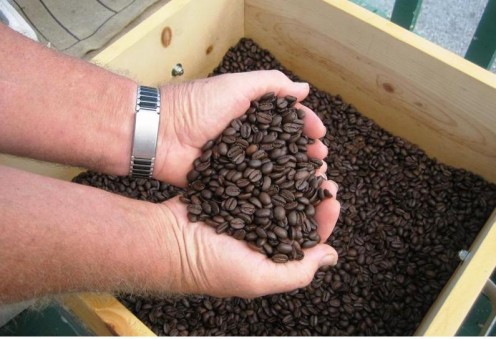
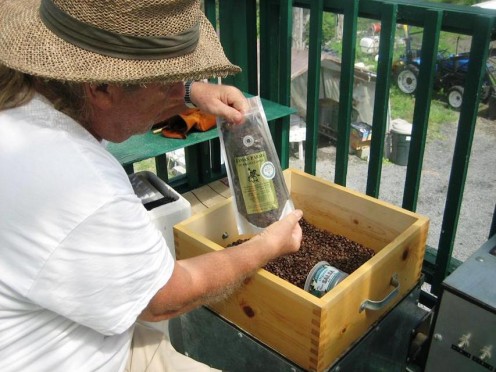
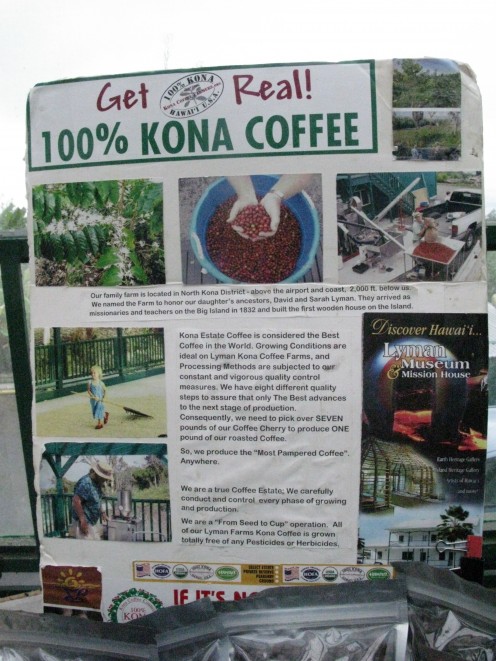

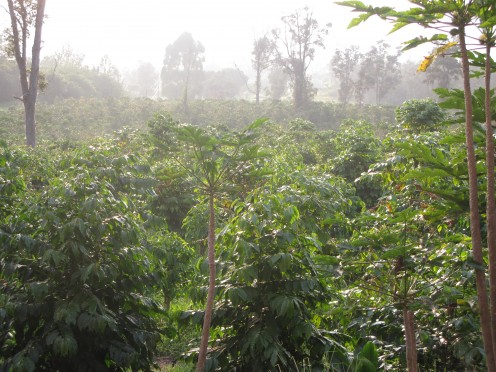
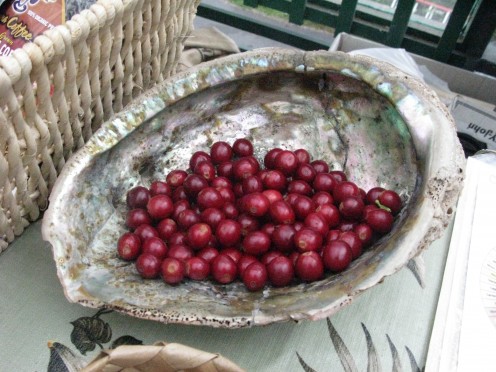
What's So Hot About Coffee?
According to a coffee history legend, an Arabian shepherd named Kaldi found his goats dancing joyously around a dark green leafed shrub with bright red cherries in the southern tip of the Arabian Peninsula. Kaldi soon determined that it was the bright red cherries on the shrub that were causing the peculiar euphoria and after trying the cherries himself, he learned of their powerful effect. The stimulating effect was then exploited by monks at a local monastery to stay awake during extended hours of prayer and distributed to other monasteries around the world. Coffee was born.
Despite the appeal of such a legend, recent botanical evidence suggests a different coffee bean origin. This evidence indicates that the history of the coffee bean began on the plateaus of centralEthiopia and somehow must have been brought to Yemen where it was cultivated since the 6th century. Upon introduction of the first coffee houses in Cairo and Mecca coffee became a passion rather than just a stimulant.
Perhaps one quote can best describe what I will try to say in many words about what i think is the ‘seductive’ power of coffee over millions of us. “Black as the devil, hot as hell, pure as an angel, sweet as love.” That’s the recipe for coffee, according to the utterly French statesman Talleyrand (1754-1838).
Across the Channel the British took a more, well, British approach to coffee cookery: Seventeenth-century diarist Samuel Pepys wrote of Londoners larding their coffee with butter, mustard, oatmeal, and ale.Coffee is no longer just a drink. It is described as an "experience", a lifestyle, and a love affair. Not only do we see a planet teeming with coffee shops and joints of all kinds, we have choices, more appetizing, but no less confounding: Automatic drip or French press? Ground or whole bean? Fiery or frosty? Regular or unleaded? Americano, cappuccino, espresso, macchiato, mocha, or latte?
Today, drinking gourmet coffee has become the lifestyle of millions of people around the world. It used to be that coffee was only sold and purchased in can form, from supermarkets, with little concern for quality or flavor. Coffee used to be, pretty much, so conveniently available at work. Coffee has changed our life in a whole new and different ways, it used to be, that we can go anywhere in the neighborhood, a diner and get an anonymous coffee served after a meal. Not anymore. There is something unique, more appealing and gratifying about walking into our favorite gourmet coffee shop, where we find this smorgasbord of coffees, from Central, South America, East Africa, the Far East and Hawaii. We are able to choose from straight coffee, an espresso, cappuccino, latté and a host of other concoctions.
The thought, the trip to the coffee shop is a must and necessary routine, no longer an option. A few decades ago there were no coffee shops where one could enjoy the ambiance, sounds and smells of coffee beans being ground and brewed. There’s no question, Gourmet coffee and coffee shops have changed the landscape of our neighborhoods.
Entertaining at home has gone from, coffee makers, percolators or standard drip brewer, to a much broader selection of coffee makers depending on your own personal lifestyle and level of interest in coffee making. One sup coffee brewers serve the needs of those who want to brew-and-run. While French presses and vacuum brewers delight those who want to take a little time and enjoy the visual and tactile experience of making fine coffee.
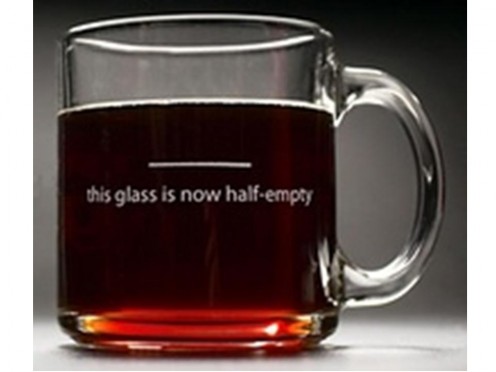
Additional Coffee Facts:
It takes three-to-four years for a coffee seed to grow into a tree that produces coffee beans.
Seeds are first planted in nurseries. Six months to one-year later, seedlings are transplanted to open fields. Workers must prepare the planting ground for the small seedlings by loosening and grading the soil.
Approximately two-and-a-half years after transplantation, the trees begin to flower and the flowers produce a small fruit known as a coffee cherry. In the center of each cherry are two green coffee beans.
Coffee plants grow best where there is plenty of rainfall at certain times of the year and thrive in a well-drained, rich, volcanic soil. The plant does not like sudden changes in temperature, and frost can severely damage or kill it.
During harvest, coffee cherries are hand picked. It takes approximately 2,000 cherries -- 4,000 beans -- to produce one pound of roasted coffee.
After being husked, sorted and bagged, the green coffee beans are shipped from the countries where they were grown to the countries where they will be manufactured and consumed.
Manufacturing involves the roasting and grinding of the coffee beans, or the production of instant coffee. Once manufacturing and packaging are completed, the coffee is ready for the consumer.
The leading coffee producing countries of the world are Brazil and Colombia. The United States imports and consumes more coffee than any other country
NCAUSA 2008 Report Highlights
• 17% of the adult population consumed a gourmet beverage on a daily basis in 2008 compared with 14% in 2007.
• Adults 25-59 led the upswing with 19% of daily gourmet coffee drinkers, an increase of six percentage points from 2007.
• Past year consumption of iced and frozen coffee is up significantly from 2007 levels.
Gourmet Coffee Lifestyle:
If we go back to a little history, a few centuries to the coffee houses of the Middle East and Europe, people were already doing the same thing of gathering together and talking over coffee. This disappeared for a while, but the desire to enjoy fine coffees in the company of others is now back.
Annual Coffee Festival in Hawaii
- Home of the 2009 Kona Coffee Cultural Festival
Yearly Coffee Festival in Kona, Hawaii


